Expansion of Marine Infrastructure
The Underwater Connector Market is significantly influenced by the expansion of marine infrastructure, including ports, offshore platforms, and underwater communication networks. As nations invest in enhancing their maritime capabilities, the demand for robust underwater connectors rises. For instance, the construction of new underwater cables for telecommunications and data transfer necessitates advanced connector solutions that can withstand extreme underwater conditions. This expansion is expected to contribute to a market growth rate of around 7% annually, as stakeholders seek reliable connections to support their infrastructure projects. Consequently, the Underwater Connector Market is poised to benefit from these developments, as the need for high-performance connectors becomes increasingly critical.
Rising Demand for Renewable Energy
The Underwater Connector Market is experiencing a notable surge in demand due to the increasing focus on renewable energy sources, particularly offshore wind farms and tidal energy projects. As countries strive to meet their energy needs sustainably, the deployment of underwater connectors becomes essential for efficient energy transmission. The market for underwater connectors is projected to grow at a compound annual growth rate of approximately 8% over the next five years, driven by the need for reliable and durable connections in harsh marine environments. This trend indicates a shift towards more sustainable energy solutions, which in turn propels the Underwater Connector Market forward, as manufacturers innovate to meet the specific requirements of these applications.
Advancements in Underwater Robotics
The Underwater Connector Market is being propelled by advancements in underwater robotics, which are increasingly utilized for exploration, maintenance, and repair tasks in marine environments. As the capabilities of underwater drones and remotely operated vehicles (ROVs) expand, the need for specialized connectors that can facilitate communication and power supply becomes paramount. The integration of these technologies is expected to drive a market growth of approximately 6% over the next few years, as industries such as oil and gas, marine research, and underwater construction adopt these innovations. This trend highlights the importance of the Underwater Connector Market in supporting the evolving landscape of underwater robotics and their applications.
Increased Investment in Aquaculture
The Underwater Connector Market is witnessing growth due to increased investment in aquaculture, which requires advanced technology for monitoring and managing underwater environments. As the demand for sustainable seafood rises, aquaculture operations are expanding, necessitating reliable underwater connectors for sensors and monitoring equipment. The market is projected to grow by about 5% annually as aquaculture facilities seek to enhance their operational efficiency and sustainability. This trend underscores the critical role of the Underwater Connector Market in supporting the technological needs of aquaculture, ensuring that these operations can thrive in a competitive landscape.
Growing Focus on Environmental Monitoring
The Underwater Connector Market is benefiting from a growing focus on environmental monitoring, particularly in marine ecosystems. As governments and organizations prioritize the health of oceans and waterways, the deployment of underwater sensors and monitoring systems becomes increasingly vital. These systems require durable and reliable connectors to ensure accurate data transmission and power supply. The market is anticipated to grow at a rate of approximately 4% per year, driven by the need for effective monitoring solutions. This trend illustrates the importance of the Underwater Connector Market in facilitating environmental stewardship and supporting initiatives aimed at preserving marine biodiversity.

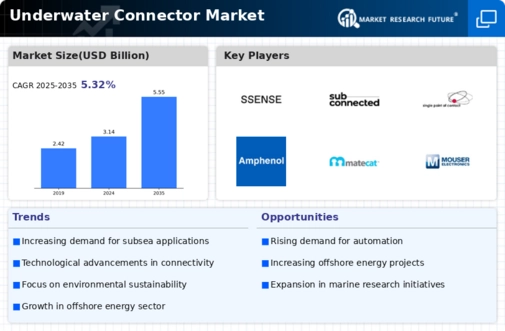

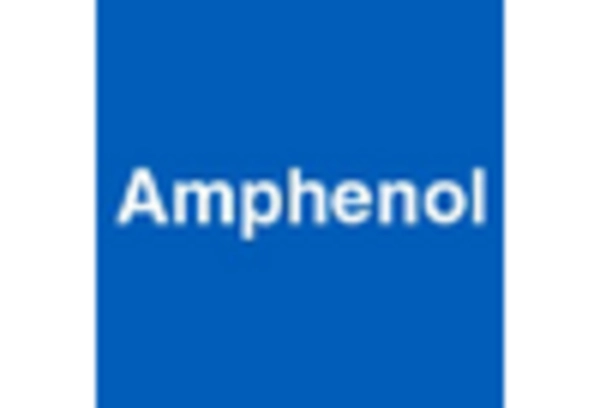
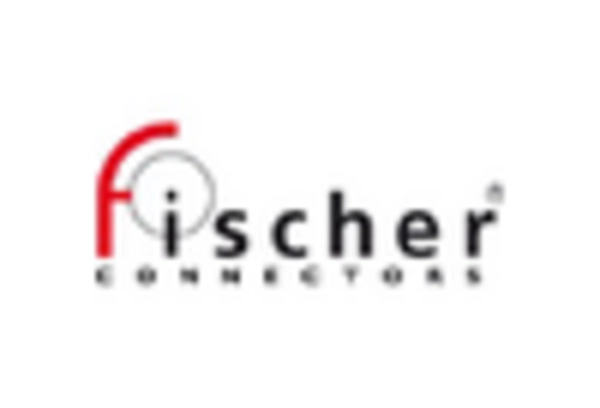

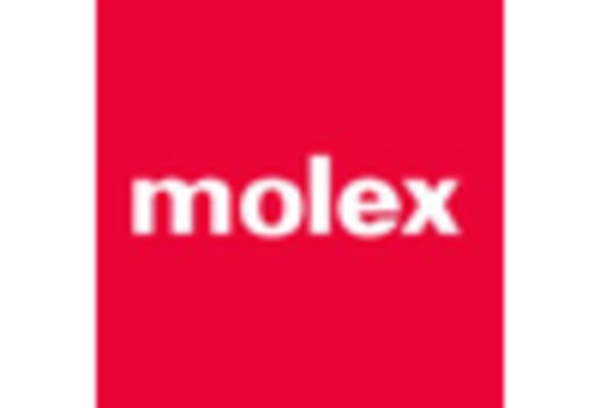
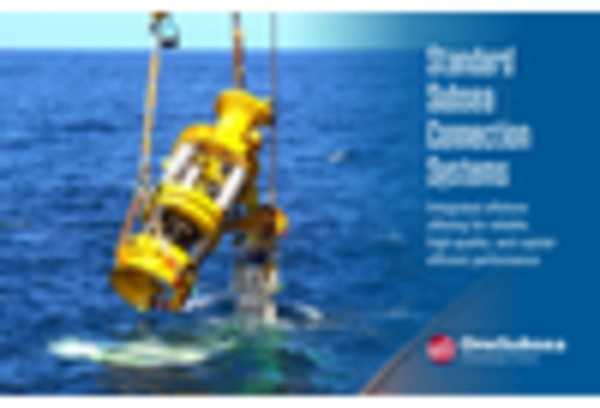
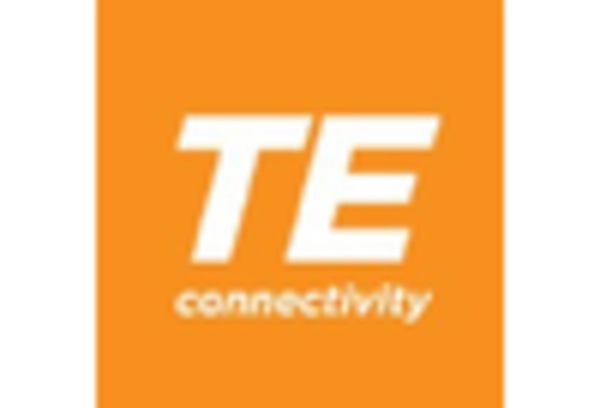








Leave a Comment